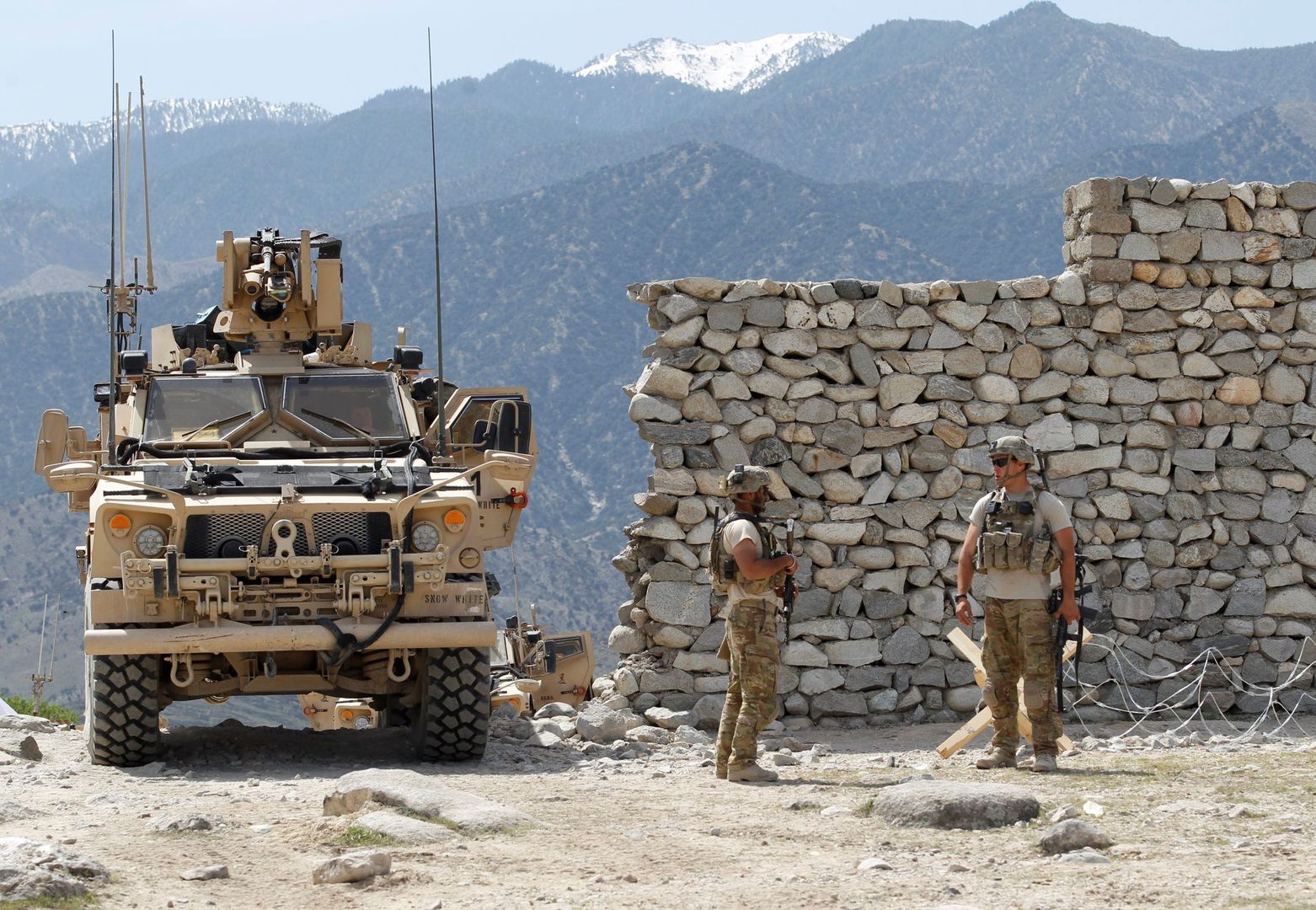Kabul: The US-led invasion of Afghanistan in 2001, following the 9/11 terror attacks, targeted Al-Qaeda in the sanctuaries provided by the Taliban government of the time.
More than 18 years later, as Washington pushes to end America’s longest war and sign a deal Saturday with the Taliban, here is a timeline of developments:
‘War on terror’
On October 7, 2001 — less than a month after the September 11 attacks that killed around 3,000 people in the US — President George W. Bush launches operation “Enduring Freedom” in Afghanistan.
The country’s fundamentalist Taliban regime had been sheltering Osama bin Laden and his Al-Qaeda movement, which conducted the attacks.
The operation opens a military front in the US “war on terrorism”.
Within weeks US-led forces overthrow the Taliban, in power since 1996.
Besides carrying out air strikes, Washington also lends support to the Afghan Northern Alliance fighting the Taliban, contributing paramilitary teams from the CIA and special forces.
About 1,000 American soldiers are on the ground by November 2001, rising to 10,000 the next year.
Forgotten war
US attention is diverted from Afghanistan when US forces invade Iraq in 2003 to oust dictator Saddam Hussein, accused of harbouring weapons of mass destruction.
The Taliban and other Islamist outfits regroup in their strongholds in southern and eastern Afghanistan, from where they can easily travel between their bases in Pakistan’s tribal zones, and launch an insurgency.
In 2008 the US command in Afghanistan calls for more manpower. Bush sends additional soldiers and about 48,500 US troops are deployed.
Peak of 100,000 troops
In 2009 Barack Obama — elected president on campaign promises to end the Iraq and Afghanistan wars — boosts the US deployment to around 68,000. In December he sends another 30,000.
The objective is to stymie the growing Taliban insurgency and to strengthen Afghan institutions.
By 2010 more than 150,000 foreign soldiers are deployed in Afghanistan, of which 100,000 are American.
Bin Laden killed
Bin Laden is killed on May 2, 2011 in a US special forces operation in Pakistan.
Combat operations end
On December 31, 2014 the NATO alliance ends its combat mission in Afghanistan. But, under agreements reached a few months earlier, 12,500 foreign soldiers — of which 9,800 are American — remain to train Afghan troops and conduct anti-terrorist operations.
Security in Afghanistan degenerates as the Taliban’s insurgency spreads, with the Islamic State (IS) group also becoming active in early 2015.
In July 2016 Obama slows the planned pace of withdrawal of US troops, saying 8,400 will remain into 2017.
Mega bomb against IS
In April 2017 the US military drops the largest non-nuclear bomb it has ever used in combat on an IS network of tunnels and caves in eastern Afghanistan. Afghan officials say it killed 96 jihadists.
US reinforcements
In August 2017 the new US President Donald Trump scraps any timetables for a US pullout and re-commits thousands more soldiers.
In mid-November some 3,000 soldiers arrive to reinforce the 11,000 troops already deployed.
However, deadly attacks multiply, especially against Afghan forces. The US steps up air strikes dramatically.
Talks
In mid-2018 Washington and Taliban representatives discreetly open talks in Doha, led by US special envoy Zalmay Khalilzad, focused on slashing the US military footprint in Afghanistan.
In return, the US demands that the Taliban prevent the country from being used as a safe haven for jihadist groups including Al-Qaeda.
But amid continued Taliban violence, Trump in September calls off talks, angered over the death of a US soldier in a Kabul bombing.
On December 7, negotiations are re-started in Doha, only to be paused again following a Taliban attack near Bagram air base outside Kabul.
During a surprise visit to Bagram on November 28, Trump had said he is ready to reduce troops below 8,600.
2020: Reduction in violence
On February 13, the US announces it has secured a seven-day reduction in violence in Afghanistan that it hopes will pave the way for it to sign a deal with the Taliban in Doha on Saturday.









